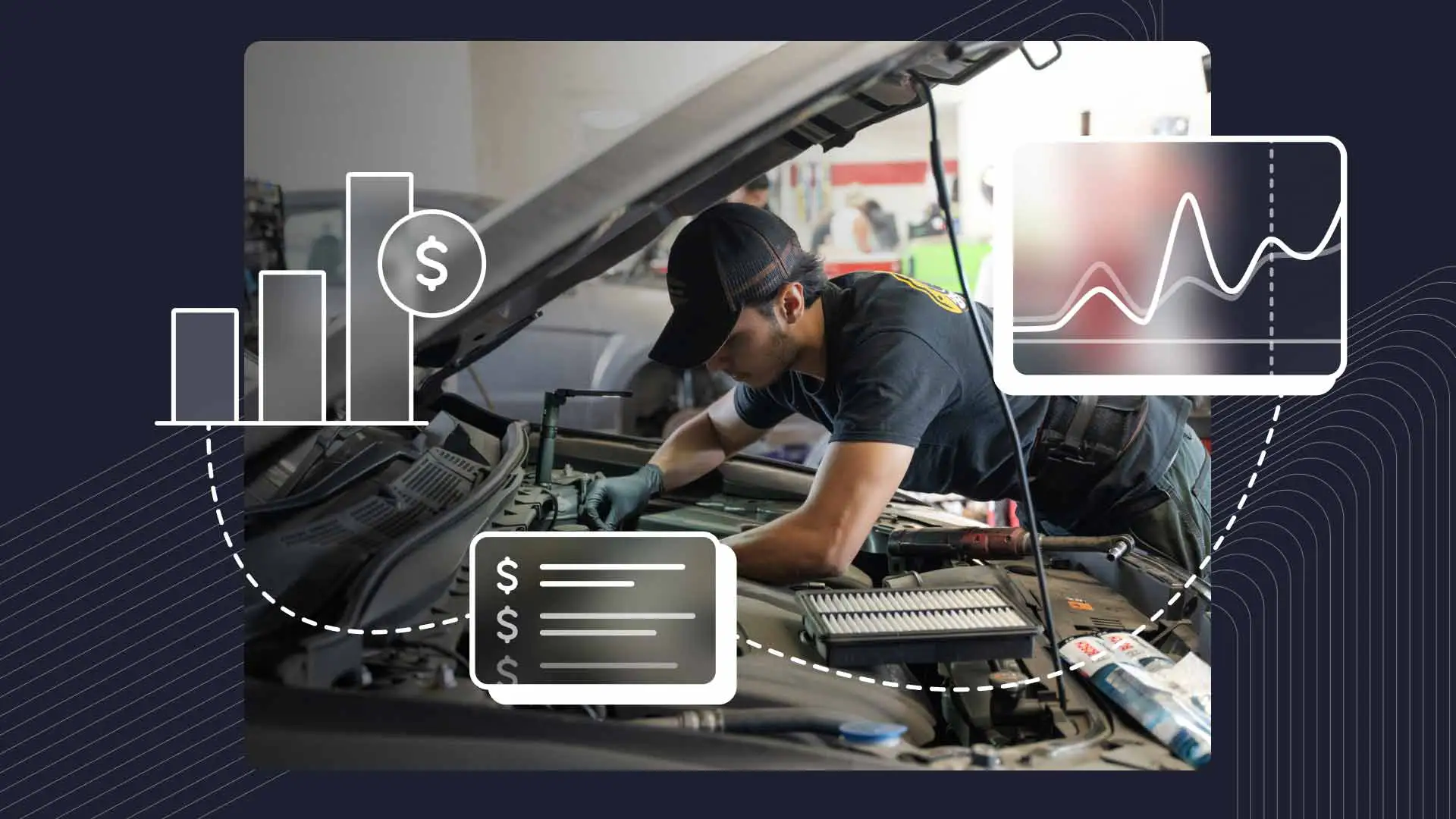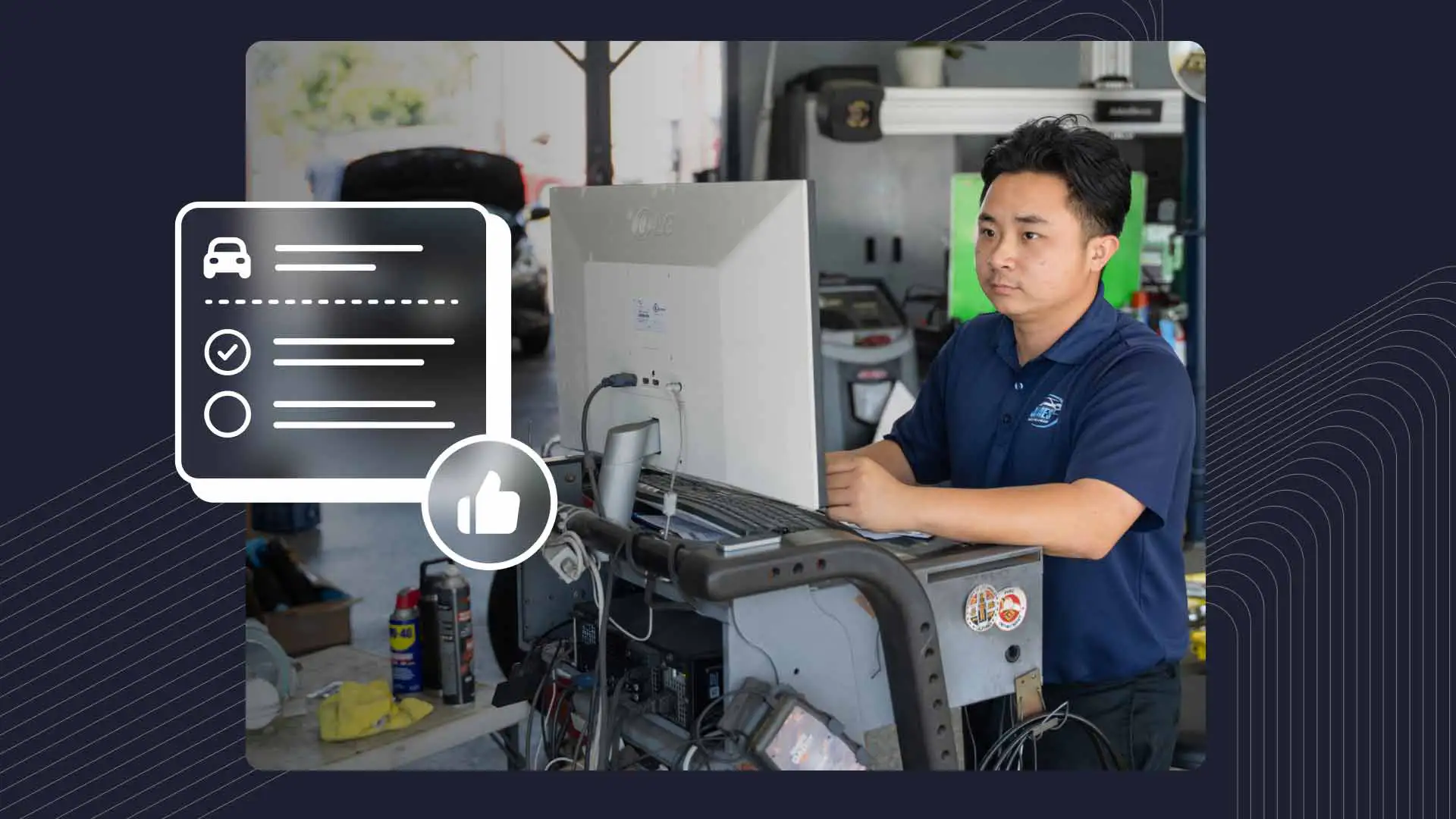An essential component in today’s diesel engines, the Diesel Particulate Filter (DPF) is designed to catch and store soot and ash, or particulate matter, from the exhaust gases. DPFs play a key role in emissions control, ensuring that vehicles can meet environmental standards by significantly reducing the amount of harmful particles that are released into the atmosphere.
As governments across the globe impose stricter emissions regulations, it’s never been more important to maintain a functional and effective DPF. For truck maintenance and repair shops, this translates into greater demand for services like DPF cleaning and repair. Understanding the ins and outs of DPF maintenance is critical not just for compliance, but also to the longevity and performance of diesel engines.
Diagnosis and Assessment
The DPF works by trapping pollutants within its porous ceramic or metal filter, allowing only clean exhaust gases to pass through. When they become clogged or malfunction, DPFs can pose significant challenges that include starting troubles, poor engine performance, and reduced fuel economy. So it’s vital to quickly and accurately diagnose any potential problem areas before they have a chance to worsen.
Advanced Diagnostic Techniques
Gone are the days when basic code readers could do the trick for truck diagnostics. Today’s DPF issues require advanced techniques that are highly precise and efficient. Scan tool readings can provide valuable insights into the state of the DPF, including soot load, differential pressure, and ash accumulation. Thoroughly inspecting DPF pressure sensors, temperature sensors, and differential pressure sensors should alert you to signs of damage or malfunction as well. Going a step further, newer methods like thermal imaging are gaining traction, too, providing a non-invasive way to spot restricted areas within the DPF that might otherwise be missed by traditional diagnostics.
Quick and Dirty Efficiency Checks
Sometimes, the most effective diagnostic tools are the driver’s own observations. Issues like power loss and increased idle regeneration frequency can be red flags that point to DPF problems. During a test drive, monitoring the exhaust temperature can also uncover abnormal regeneration patterns–a quick and dirty check that can lead to more thorough investigation. By implementing a routine inspection schedule, drivers should be able to catch potential DPF issues early, preventing costly repairs down the road.
Cleaning Techniques
Over time, the DPF becomes clogged with particles and must be cleaned to ensure the vehicle remains in proper working order and emissions compliant. For those who take mostly shorter trips, where the engine may not get hot enough to burn off excess soot, cleaning is recommended every six months. For longer-distance driving, cleaning every 1000 hours the engine is in operation, or once a year, should suffice. Either way, there are different cleaning methods to consider, each with benefits and potential drawbacks.
Compressed Air Cleaning: This method stands out for its speed and effectiveness, particularly with moderately blocked filters. It's a straightforward procedure that can be set up quickly, and there is pneumatic cleaning equipment that’s designed specifically for DPFs. However, this technique may not be sufficient for heavily clogged filters, and there's a risk of redistributing ash rather than removing it.
Water/Chemical Cleaning: When it comes to removing ash, this method is highly effective. For example, pressure-washing with heated water in the opposite direction of the exhaust flow will help dislodge a good amount of soot. But it's important to use the correct solution for the specific contaminant. It’s also critical not to use unapproved chemicals, as oftentimes they can cause more harm than good by damaging the DPF substrates.
Burn Cleaning (Oven or In-Situ): For a thorough clean, burn cleaning is a solid option, whether it’s taking place in an oven or in-situ, which means “in place” in Latin. This method can restore a filter close to its original condition, but it does come with some drawbacks. There's the potential for warping the filter media, and safety precautions are critical to prevent accidents, especially for in-situ cleaning.
Maximizing Efficiency During Cleaning
Before cleaning, a pre-inspection will help identify any filters that may be damaged beyond repair. For stubborn blockages, pulse cleaning with compressed air can be effective, as long as you’re not applying too much pressure. With water/chemical cleaning, it's important to use the correct solution concentration and follow a multi-stage cleaning process to ensure the best results.
Repair Techniques (For Partially Clogged or Damaged DPFs)
In some cases, DPF issues may require more than just cleaning. Proper repair techniques are essential for restoring DPF functionality and preventing future problems.
Common DPF Repairs and Techniques
Start by thoroughly inspecting the DPF housing, substrate, and mounting hardware for signs of damage or wear. Small cracks or holes can sometimes be patched with high-temperature resistant epoxy. However, this is a temporary solution; for more severe cases, a full replacement is necessary. Likewise, any components that are cracked, corroded, or deteriorated should be replaced. Sensors should be tested, too, for any malfunctions; and faulty ones should be replaced immediately to make sure your DPF performance readings aren’t compromised.
We should note here that there’s also a process known as DPF gutting, or DPF delete, which involves removing or bypassing the system altogether in order to improve engine performance and fuel efficiency. While this may seem like an appealing solution, it should be avoided at all costs. DPF gutting is not just harmful to your engine and the environment, it’s also illegal, since it will take the vehicle out of compliance with emissions regulations.
Advanced Practices for DPF Management
Regular testing and maintenance will help ensure DPFs remain in good working order for the long haul, prolonging their lifespan and keeping repairs to a minimum.
DPF Backpressure Testing: The DPF’s main purpose is to capture and remove particulate matter from the exhaust stream. Over time, this buildup can lead to increased backpressure, compromising engine performance and fuel efficiency. Backpressure testing is invaluable for assessing the cleaning effectiveness and overall health of the filter. It helps determine whether additional cleaning or a replacement is necessary.
DPF Efficiency Testing: Assessing the DPF’s efficiency is important to ensuring optimal emissions control. A properly functioning DPF should effectively trap particulate matter while minimizing flow restriction. Post-cleaning verification can be done using dedicated DPF efficiency testers, which evaluate how well the DPF removes particulates from the exhaust stream without blocking airflow. Note, however, that the tools used to conduct this testing, like flowbenches, may not always be available, or affordable.
DPF Reset Procedures: After cleaning or replacing the DPF, technicians must reset the vehicle’s onboard computer system to clear any DPF-related fault codes. This ensures that the system properly recognizes the clean filter and adjusts its regeneration cycles accordingly.
Clearing the Air
Efficient DPF cleaning, repair, and management are critical to both the performance and emissions compliance of diesel engines. Paying close attention to diagnostics and practicing regular maintenance reduces downtime, increases fuel economy, extends the life of critical parts, and helps cut down on costly fixes, not to mention keeping vehicles on the right side of environmental requirements.
As technologies and regulations evolve, staying informed and equipped with the right tools and techniques is essential for any truck repair shop looking to enhance its service quality and profitability.
Ready to capture even more business? Making sure you have the right truck repair shop software will help remove obstructions while improving your efficiency and bottom line.




